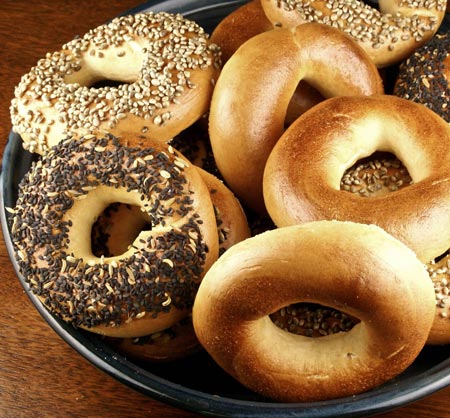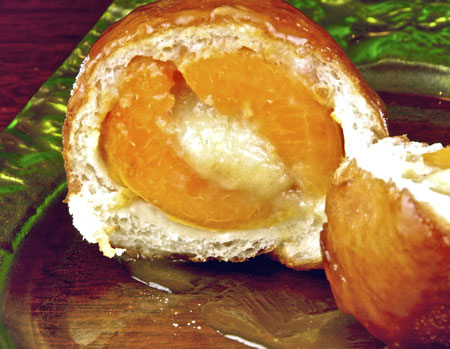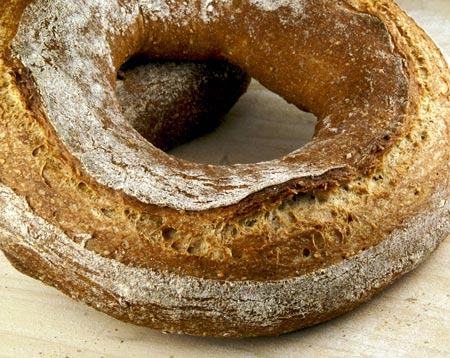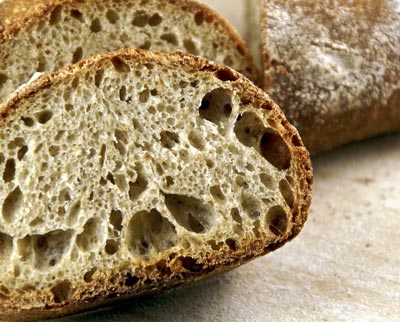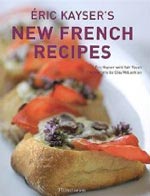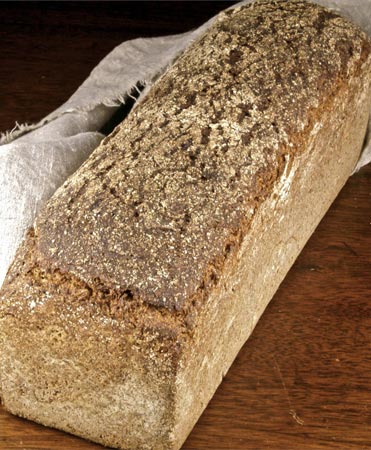
Do you eat rye bread? I didn’t, really, until I started baking and discovered that rye just tastes good. It is earthy and sweet, although sometimes its sweetness is masked by the spices that are often paired with it, such as caraway seeds. To be honest, I prefer my rye unspiced most of the time.
Rye is higher in fiber than wheat, which may explain why a recent study found that eating bread made with a combination of wheat and light rye flours for breakfast made people feel more full and less hungry through the morning than did bread with only wheat flour. Appetite was further decreased by eating bread with even higher proportions of rye bran. That just might translate into some very good news for my waistline, since I’ve been eating this 70% rye bread for breakfast all week.
Consider this bread for all your rye needs. It is based on the “70 Percent Rye with a Rye Soaker and Whole-Wheat Flour” in Bread: A Baker’s Book of Techniques and Recipes by Jeffrey Hamelman. The original recipe calls for rye chops (chopped rye berries), which I don’t have, so I put in all the cracked rye I had (there is supposedly a difference between cracked and chopped rye, but don’t ask me to distinguish them in a lineup) and made up the rest with rye meal (very coarsely ground rye berries).
Rye is more difficult to work with than wheat. This dough has the consistency of thick mud. You just have to deal with it. You will not be able to do a windowpane gluten test on this dough. And when you shape it into a log, for God’s sake don’t think about it or you’ll go crazy. Just turn your brain off and use a quick, light hand and a good amount of flour on the counter. Remember: hands on, brain off.
